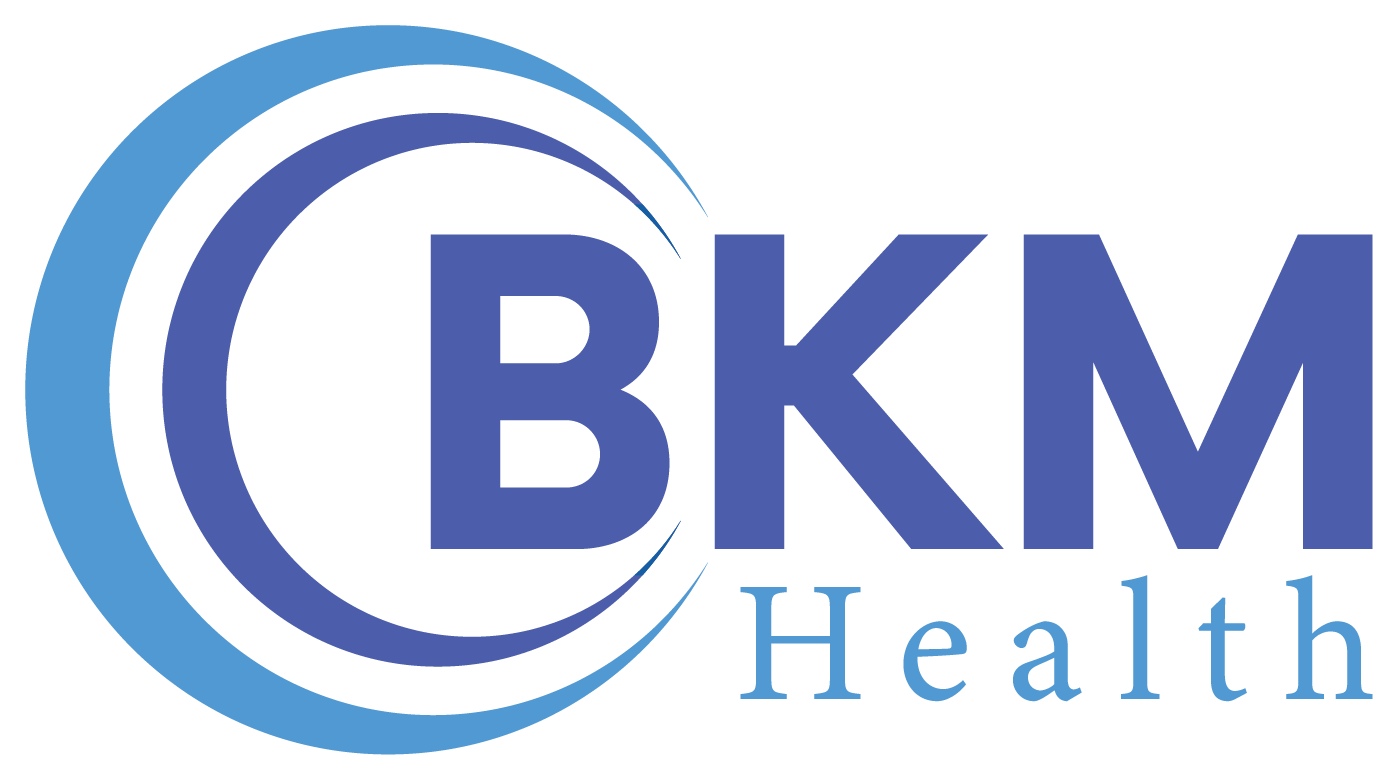he pharmaceutical industry is an important industry that requires stable and reliable medicines to ensure continued access to medicines worldwide. However, this complex network faces many challenges that can disrupt operations and impact patient care. Understanding these challenges and implementing effective strategies is critical for physicians to continue to adapt and meet the demands of global healthcare.
Challenges in the Pharmaceutical Supply Chain
- Regulatory Compliance: Strict pharmaceutical requirements are based on stringent regulations to ensure the safety, efficacy and quality of medicines If regulations such as Good Manufacturing Practices (GMP) and documentation standards are followed on a stronger scale increases complexity and requires careful management.
- Raw Material Sourcing: The global supply chain of chemicals means that manufacturers often rely on raw materials sourced from various industries. This reliance exposes the supply chain to risks such as geopolitical pressures, natural disasters and transport disruptions, which can affect the availability and price of critical resources
- Logistical Complexities: Drugs, especially vaccines and vaccines, often require strict temperature control and specialized handling equipment to maintain efficacy and safety during transit. Ensuring the consistency of these factors throughout the supply chain is important but difficult.
- Demand Variability: Factors such as outbreaks, seasonal diseases, regulatory changes, changes in healthcare policy, etc. affect the demand pattern fluctuations in the pharmaceutical market.
Strategies for Mitigation
- Diversified Sourcing Strategies: Establishing relationships with multiple suppliers for critical raw materials reduces the risk of dependence and increases flexibility . . . . This process also includes eligibility with additional resources and mitigation plans.
- Advanced Technology Adoption: Use of digital solutions such as blockchain for inventory, artificial intelligence (AI) for demand forecasting, and Internet of Things (IoT) for monitoring a it monitors temperature in real time provides visibility and efficiency throughout the supply chain.
- Collaborative Partnerships: Use of digital solutions such as blockchain for inventory, artificial intelligence (AI) for demand forecasting, and Internet of Things (IoT) for monitoring as it monitors temperature in real time provides visibility and efficiency throughout the supply chain.
- Risk Management Protocols: The implementation of a robust risk management strategy requires detailed risk assessment, contingency planning, and regular review and updating of these plans This approach does this work to prepare manufacturers to respond quickly to problems and minimize the impact on operations.
Future Outlook
As the pharmaceutical industry continues to evolve, advances in biotechnology, personalized medicine and global health challenges, supply chain resilience remains key a Manufacturers are increasingly adopting digital transformation initiatives, investing in supply chain identification technologies, creating simpler and more efficient drug delivery systems and enhancing cohesion in the ecosystem
In conclusion, tackling supply chain challenges in the pharmaceutical industry requires a multi-pronged approach that encompasses regulatory compliance, diverse sourcing, advanced technology recognition, collaborative partnerships, robust risk management strategies to actively address these challenges and implement innovative solutions to develop, ensure the continuity of drug supply, and ultimately patient outcomes improve worldwide






